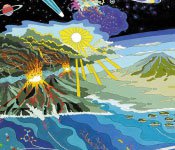
Meteorites provide a record of the chemical processes that occurred in the early solar system before life began on Earth. The delivery of organic matter, including amino acids, by carbonaceous meteorites could have been an important source of the early Earth’s prebiotic organic inventory. The earlier discovery of slight to significant excesses for several indigenous left handed α-methyl amino acids, including isovaline, in the CM2 type carbonaceous meteorites Murchison and Murray by Pizzarello and co-workers could point toward a possible prebiotic contribution to the origin of biological homochirality in life on Earth. In order to expand the search for chiral excess in meteorites, we measured the distribution and handedness of the five-carbon amino acids (including isovaline) in nine CI, CM, and CR type carbonaceous meteorites using a highly sensitive liquid chromatography time of flight mass spectrometry technique. Large excesses of L-isovaline were found in several aqueously altered meteorites, but not in the most primitive unaltered CR2 meteorites. These findings are inconsistent with UV-circularly polarized light as the primary mechanism for L-isovaline enrichment and indicate that amplification of a small initial imbalance occurred during an extended aqueous alteration phase on the meteorite parent bodies. The fact that only L-amino acid excesses have been found in meteorites analyzed so far (no D-excesses) may indicate that the origin of life on Earth and possibly elsewhere in our solar system was biased toward L-amino acids from the very beginning.
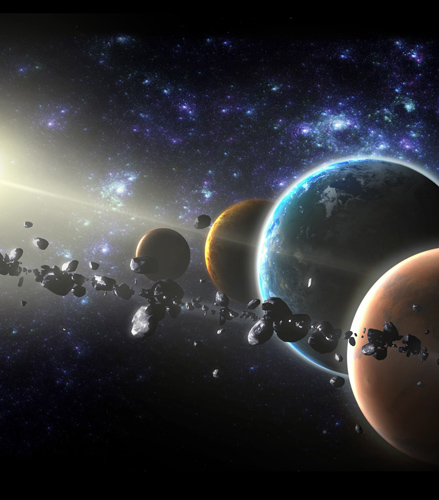 A Talk With Jim Green
A Talk With Jim Green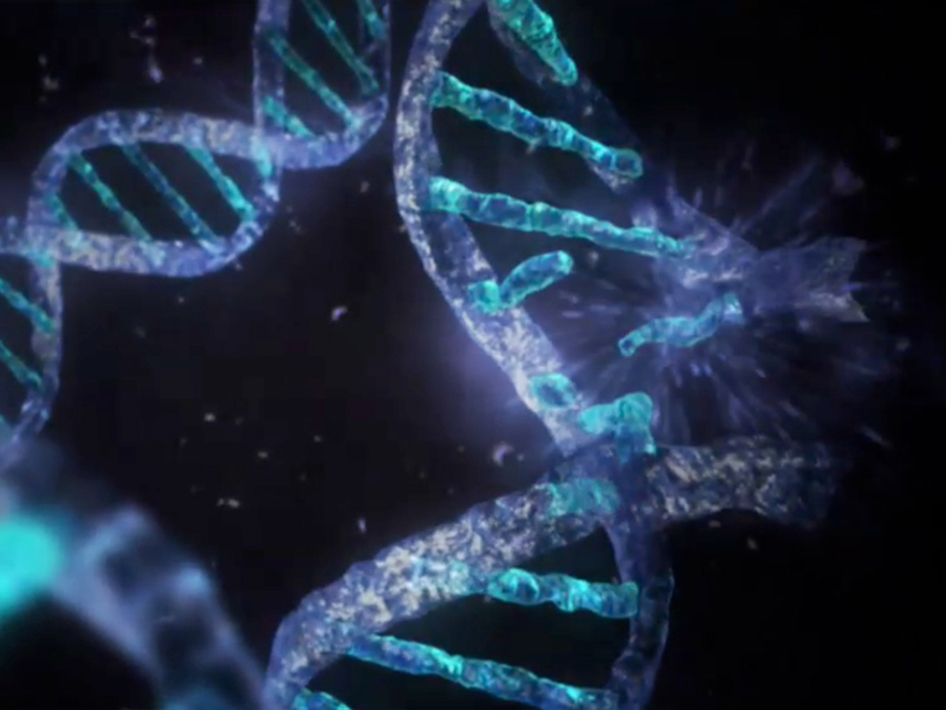 What Can Extant Genomes Reveal About Early DNA Metabolism?
What Can Extant Genomes Reveal About Early DNA Metabolism?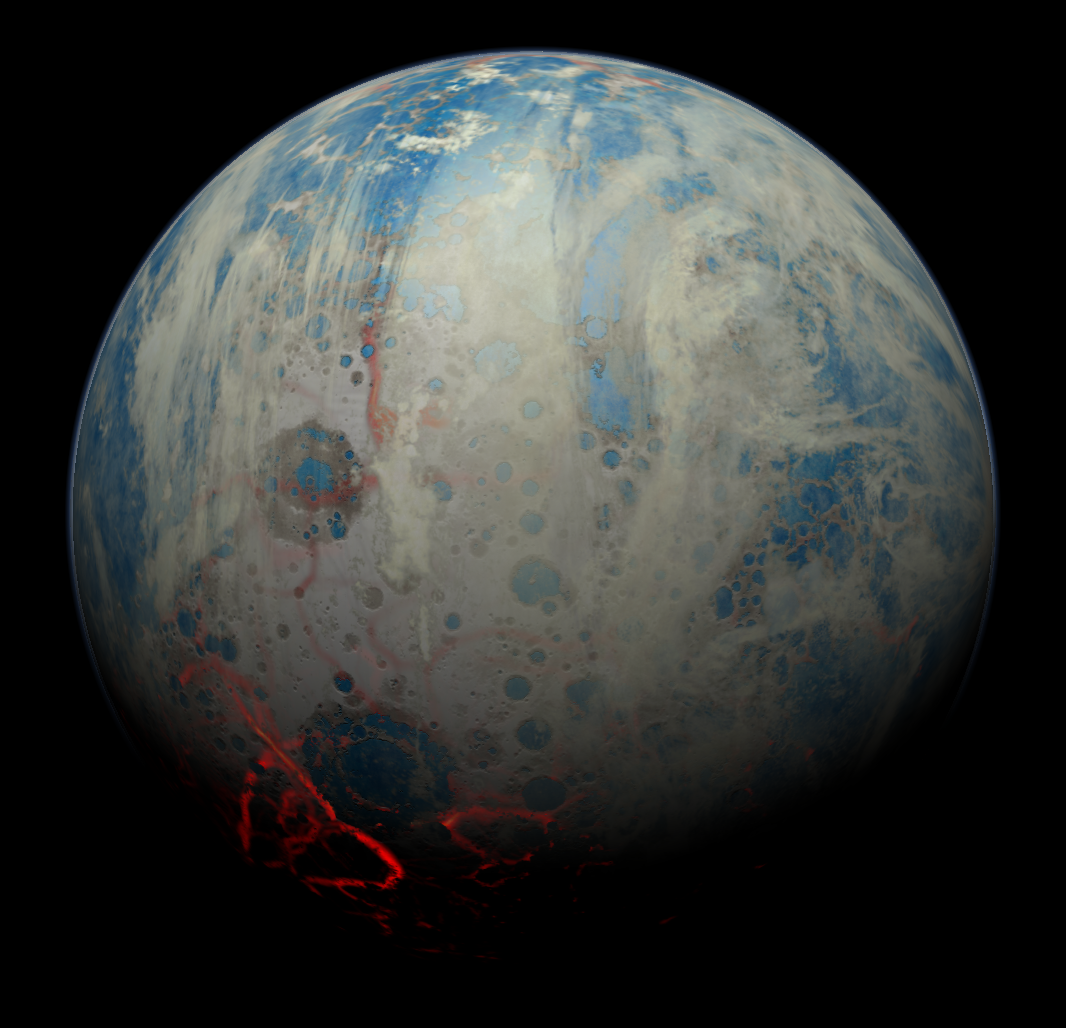 What We Talk About When We Talk About Earth's Oxygenation
What We Talk About When We Talk About Earth's Oxygenation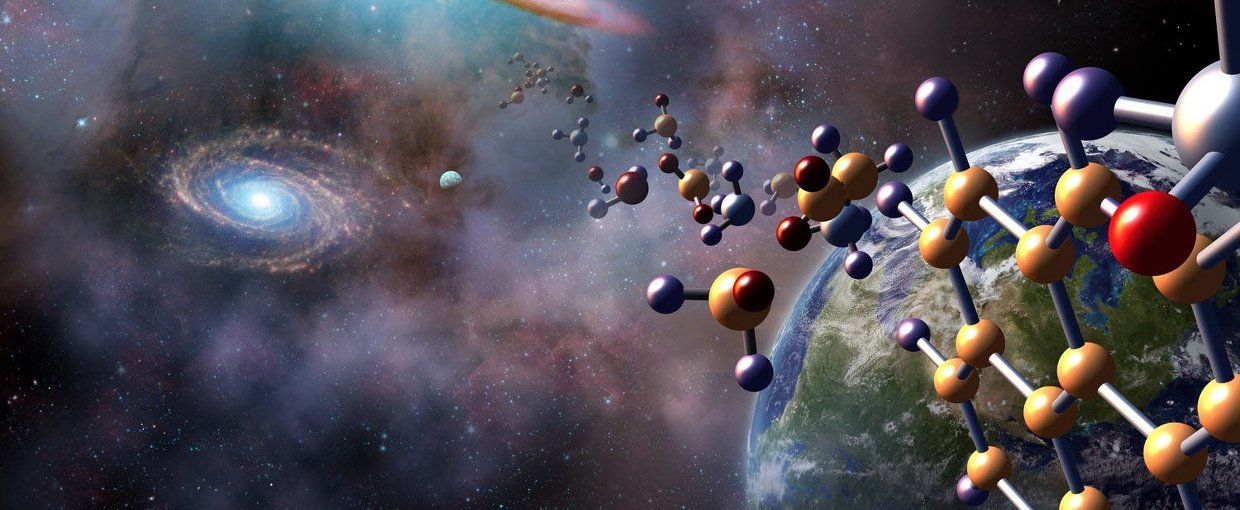 Bowling With Astrobiologists: A Twisted Path Toward the Origin of DNA
Bowling With Astrobiologists: A Twisted Path Toward the Origin of DNA